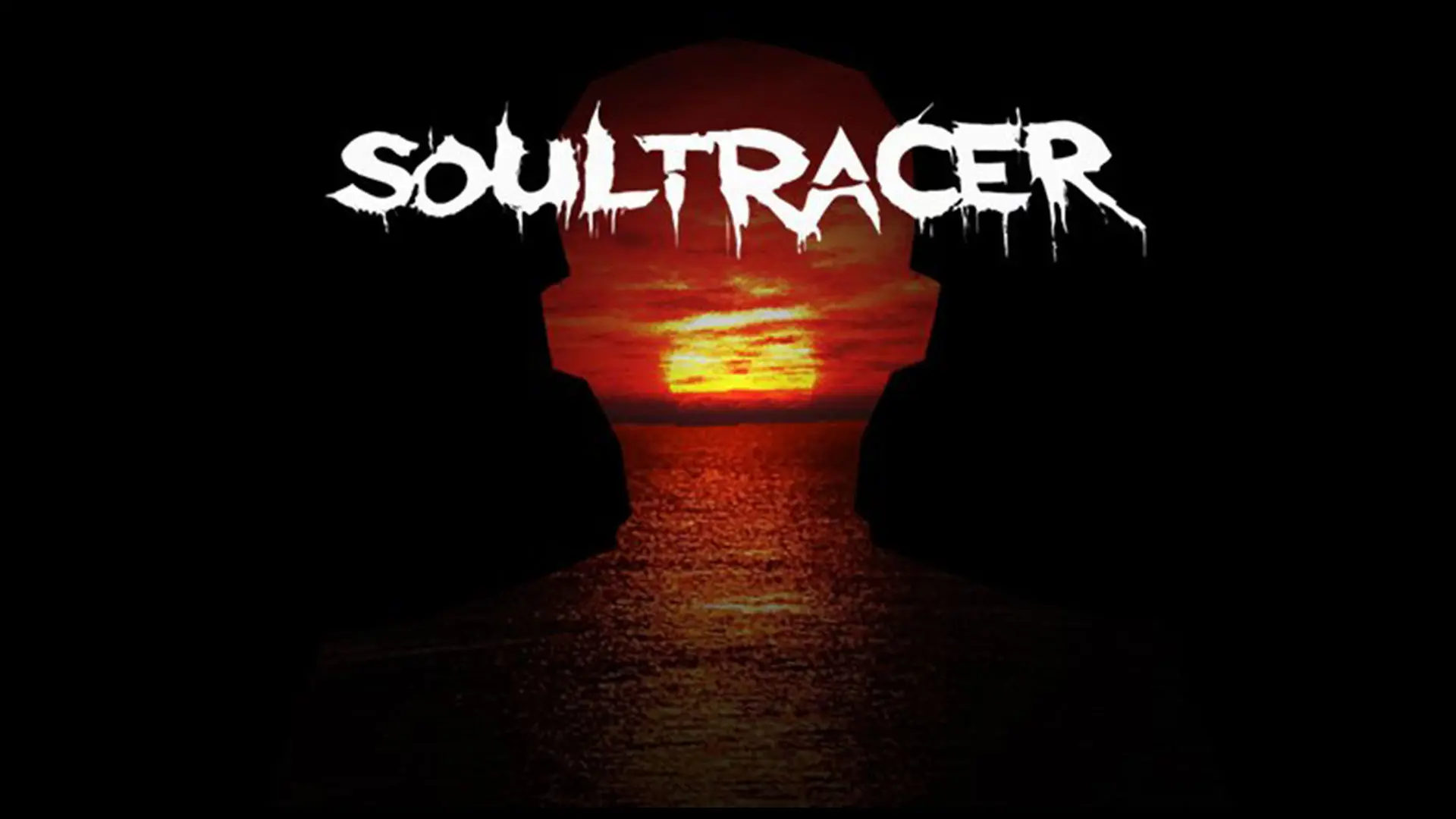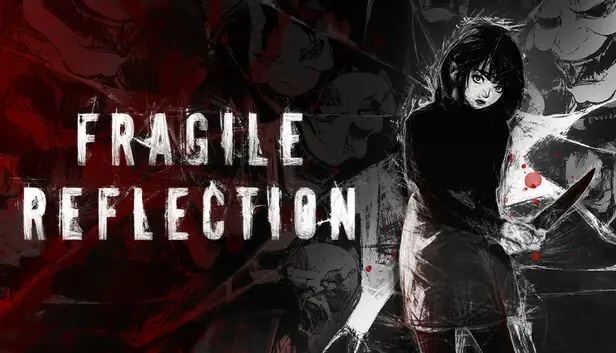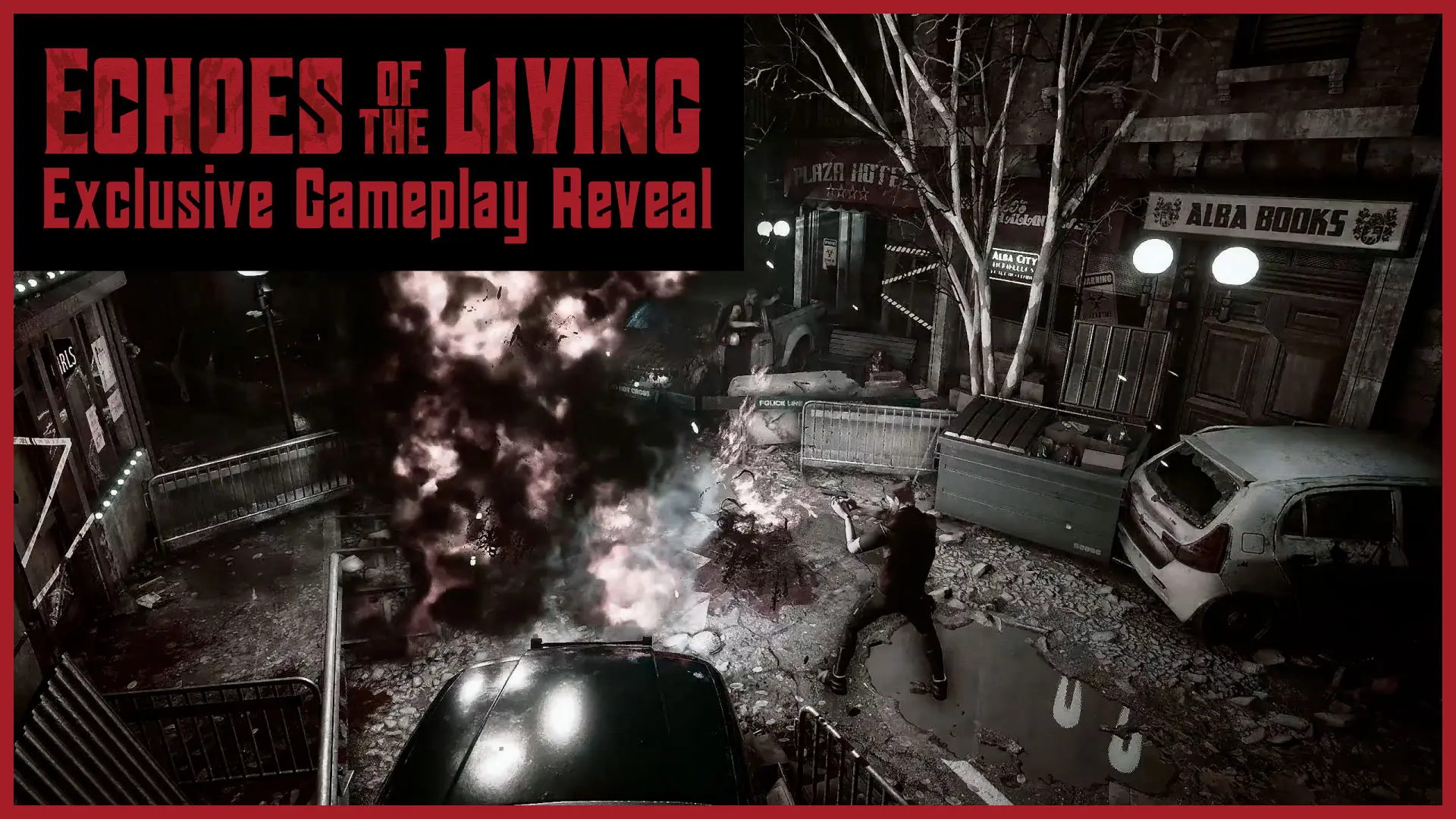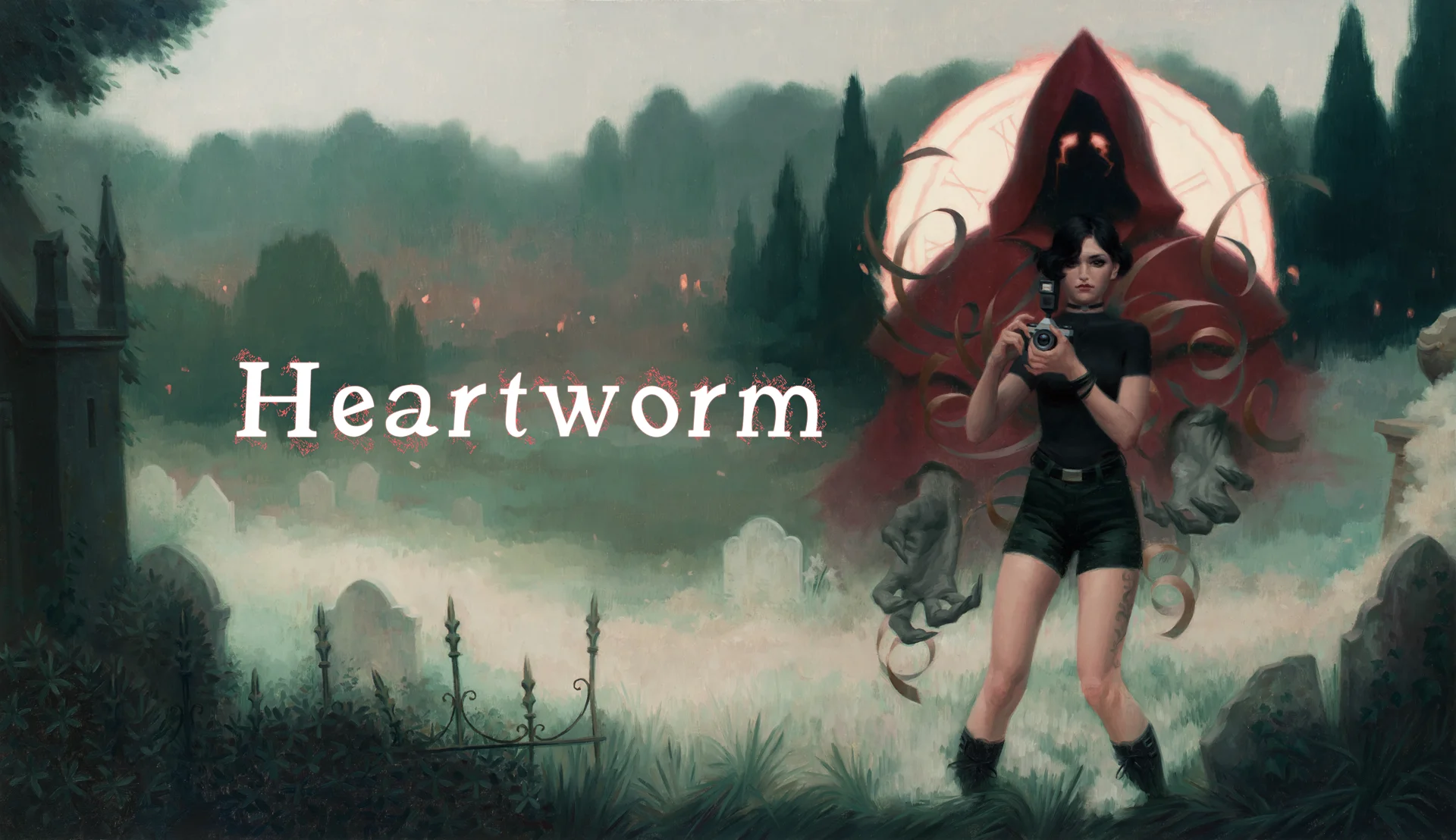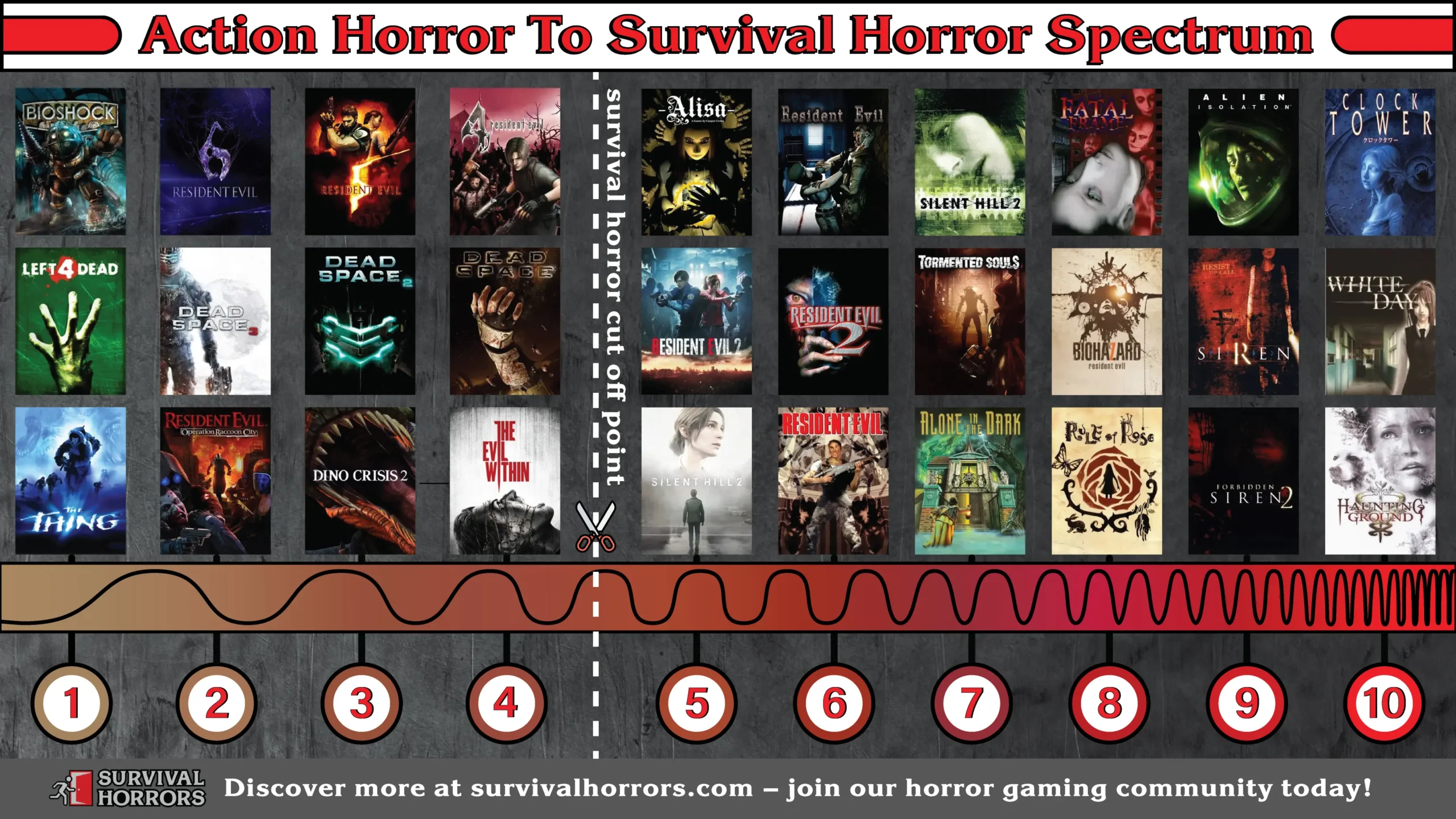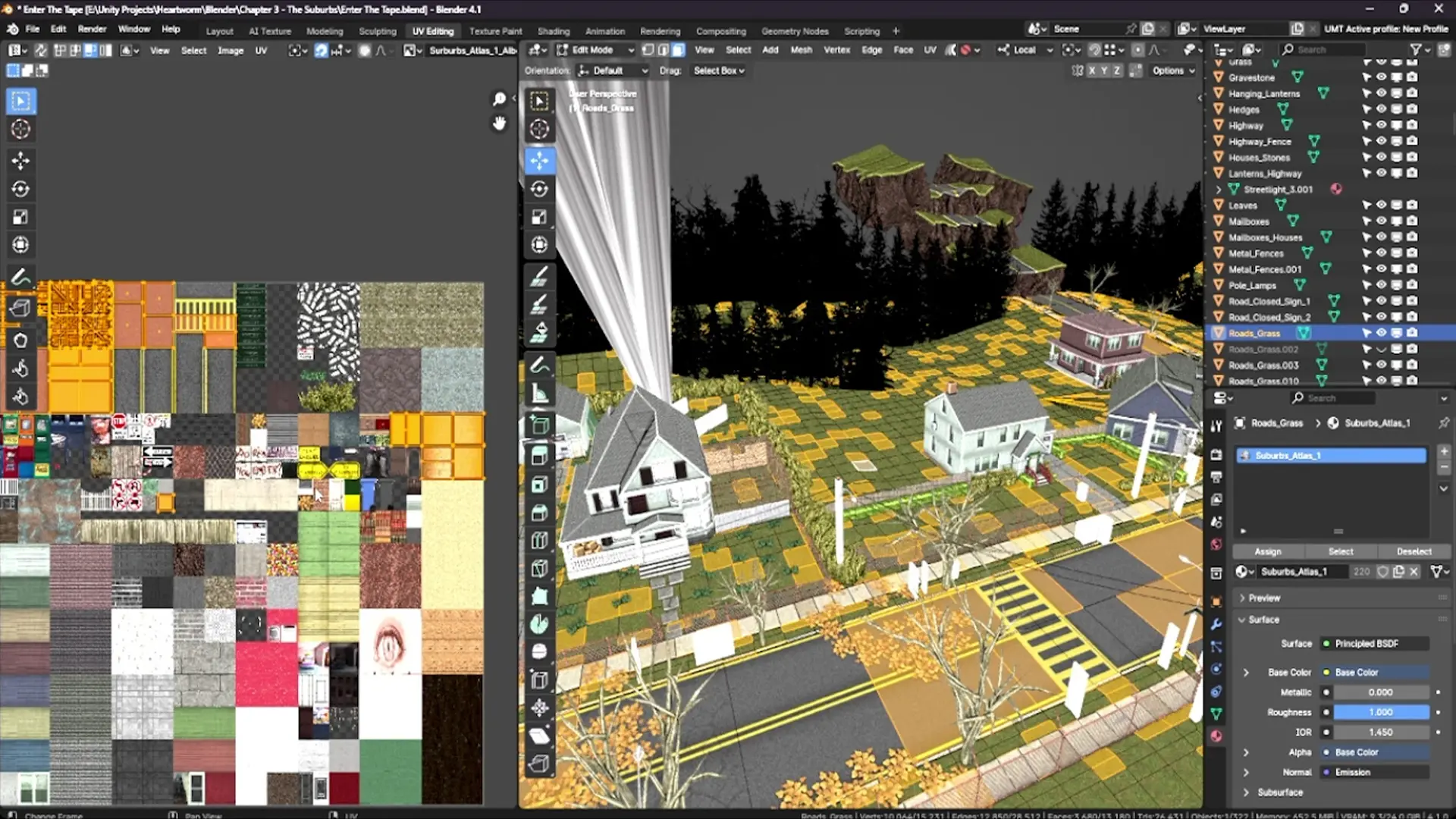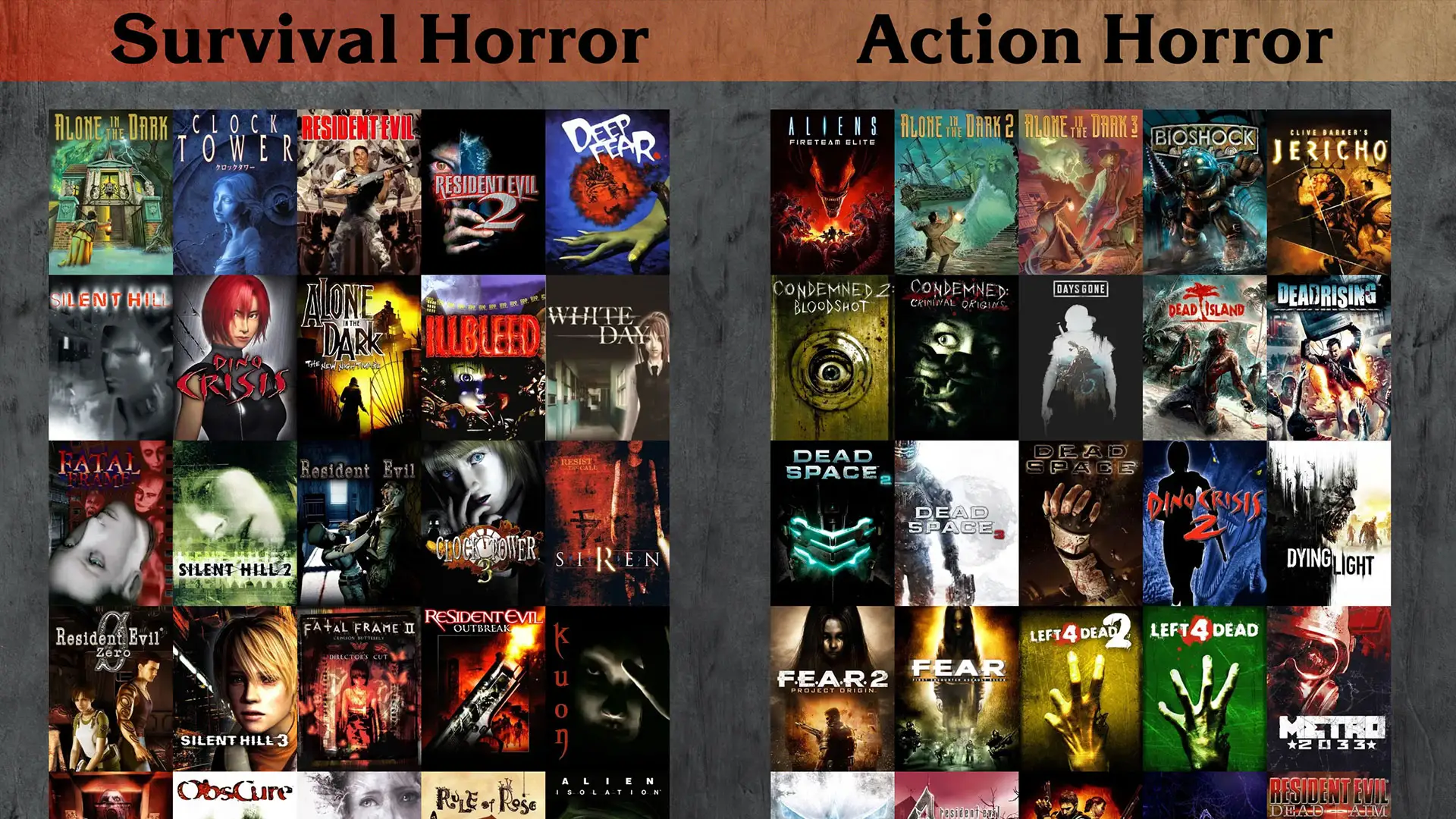We recently spoke with Alejandro, the indie developer behind Soultracer, an upcoming PS2-style survival horror game with classic roots and modern storytelling. Under the name Silent Archangel Studios, Alejandro is bringing a nostalgic yet fresh perspective to the genre. We asked him about his background, inspirations, the haunting town of Aerie Vista, and what makes Soultracer stand out.
Q: Introduce yourself! Who are you and what is your background in game development?
Alejandro:
I’m Alejandro, a 25-year-old solo developer under the name Silent Archangel Studios, working on Soultracer. I’m based in Peru, where there aren’t many games being developed, especially in the survival horror space. That’s one reason I wanted to make my own. I started with Unity back in 2015, making a simple first-person horror game just for fun. I showed it to my friends at school, loved their reactions, and realized I wanted to keep creating. I returned to Unity in 2020, experimenting with new ideas until, in 2024, I finally felt ready to create the game I had always envisioned.



Q: What survival horror games inspired you to create Soultracer?
Alejandro:
In 2005, I played the original Alone in the Dark on my family’s old computer. It couldn’t run modern games, so those classic ones were perfect. I loved how situations could be solved in creative ways, like avoiding combat by placing soup on a table. That really stayed with me. My older brothers also played Resident Evil on the PS1, which introduced me to survival horror. I later got into Dino Crisis, The New Nightmare, and others.
What drew me in were the unpredictable elements and atmospheric tension. Soultracer reflects that. I love classic horror storytelling, where characters unknowingly walk into danger. In this game, it’s about saving the whole group, not just the protagonist. I want players to care about the characters and face genuine risk while navigating a world that always feels threatening.
Q: Can you tell us more about Aerie Vista? Is it based on a real place or purely fictional?
Alejandro:
Aerie Vista is a fictional U.S. town, and unlike many horror game settings, it’s not abandoned. It’s actually beautiful, especially at sunset, with an oceanfront and rich history. In Soultracer, a group of friends finds themselves trapped in another world after discovering a mysterious gateway.
The cast includes Rachel (rebellious and charismatic), Johnny (lighthearted and loyal), Ashen (quiet and intelligent), and the protagonist, who the player names. The group originally met online in a video game, and this is their first time meeting in person. There’s also a strange man who helps you early on. Each character affects the story in meaningful ways.



Q: The ability to separate your soul from your body is a fascinating mechanic—it reminds me of The Nomad Soul. How does it work in gameplay?
Alejandro:
At certain moments, the protagonist can separate their soul from their body. When this happens, the camera shifts to first-person, you float above your own body, which is in pain. You can’t stay out too long or you’ll lose health.
This mechanic adds a twist to puzzle-solving. As a soul, you can see things your body can’t and interact with objects in different ways. I wanted to expand on traditional horror puzzles by rewarding exploration and experimentation.
There’s also a mysterious Bartender. Her bar acts as a hub where you trade collected souls for items and weapons. Backtracking is present but not excessive, more of a reward for explorers than a punishment. Like in Resident Evil, the map shows rooms that still have items, helping players avoid frustration.
Q: Your Steam page mentions that things won’t always be the same on different playthroughs—what kind of changes can players expect?
Alejandro:
At the start, players answer a few short questions, including entering their name. These responses affect small but meaningful things. A cautious player might receive different starting items than a more aggressive one.
Enemy placement and some story moments shift based on your answers. Later on, major decisions arise that can significantly change how the story plays out. Some might seem small at first but will have big consequences by the end. I want players to feel that their choices matter, encouraging them to replay and see different outcomes.
Q: What do you hope players will take away from Soultracer?
Alejandro:
I hope they feel like they experienced a classic survival horror game with a modern heart. I want it to be atmospheric, meaningful, and personal—and for players to care about more than just survival.
If you’re intrigued by what you’ve seen so far, be sure to wishlist Soultracer on Steam to stay updated on its release. You can also follow Silent Archangel Studios on Twitter/X for development updates, behind-the-scenes content, and more.

